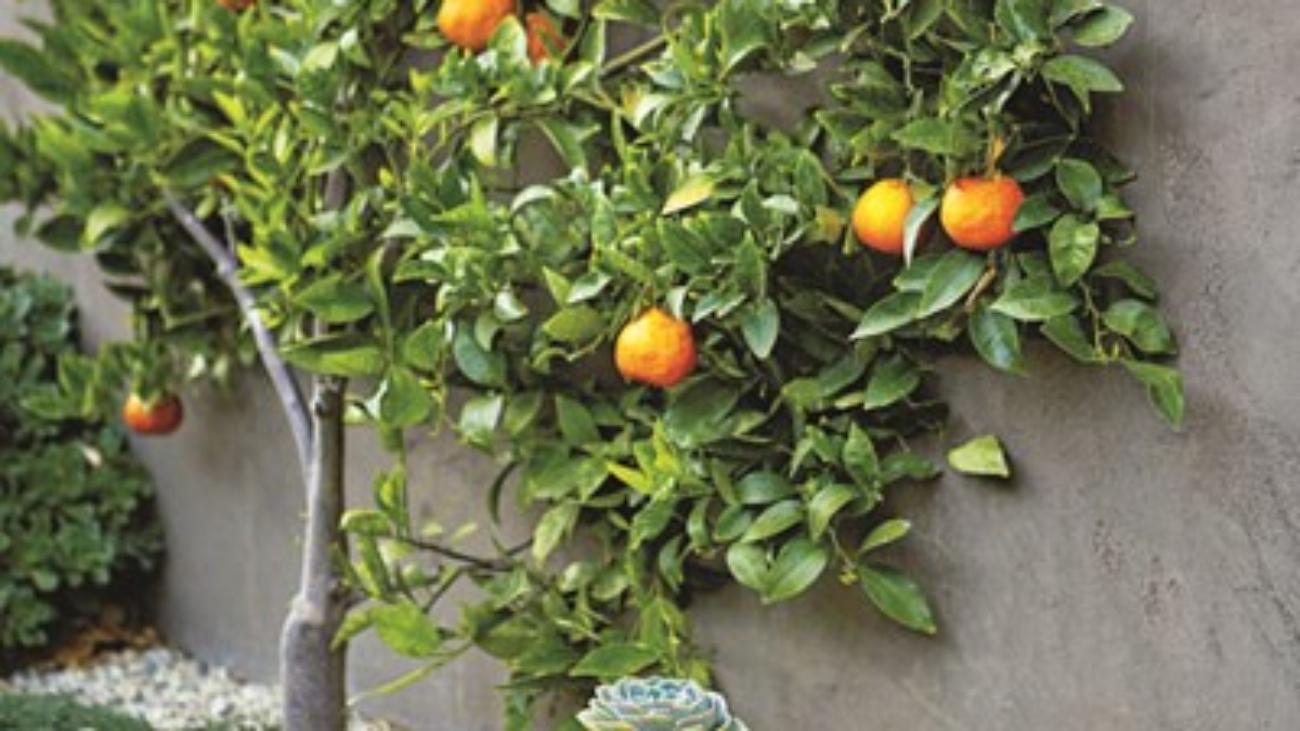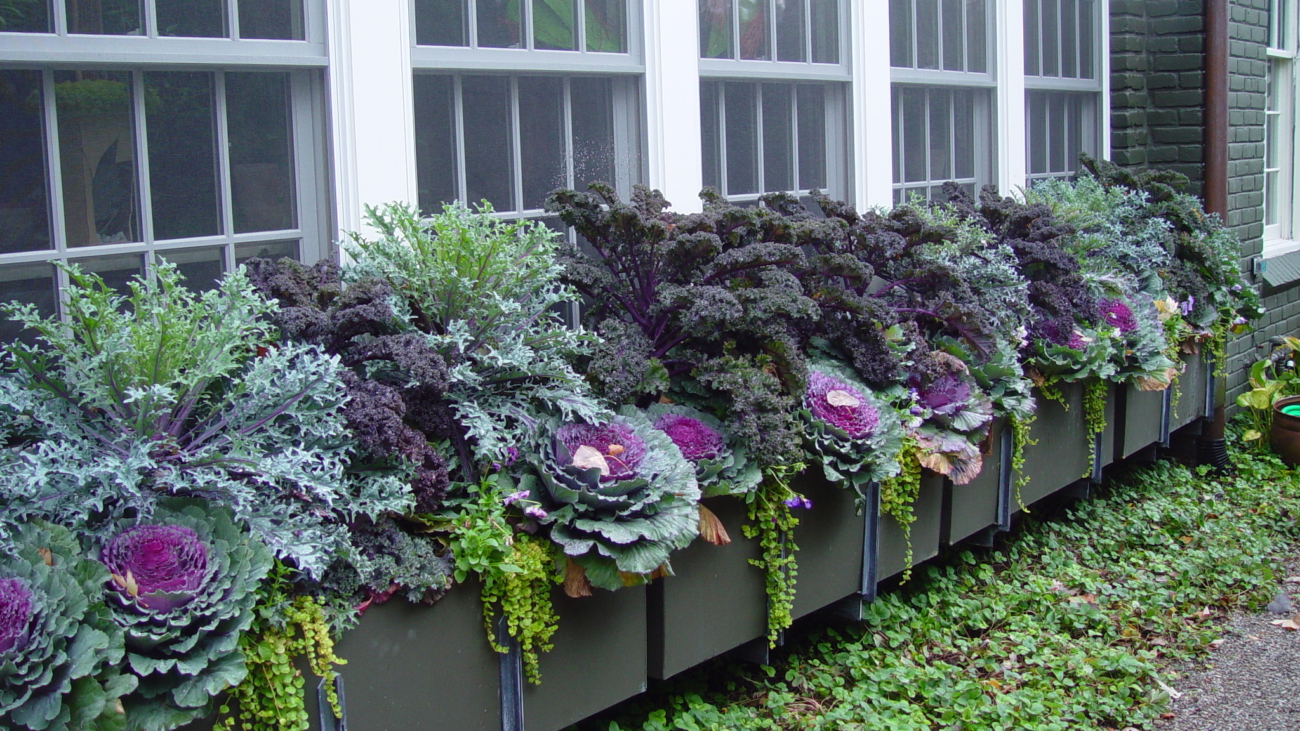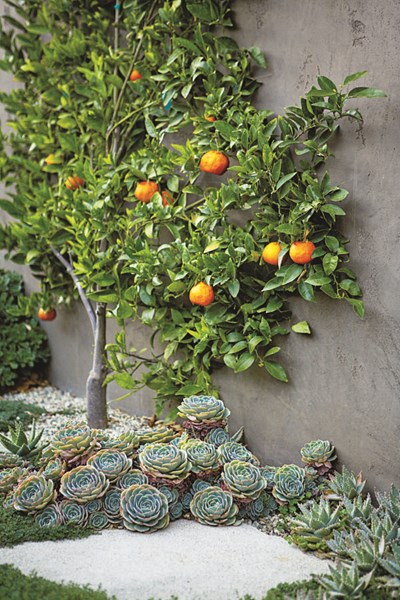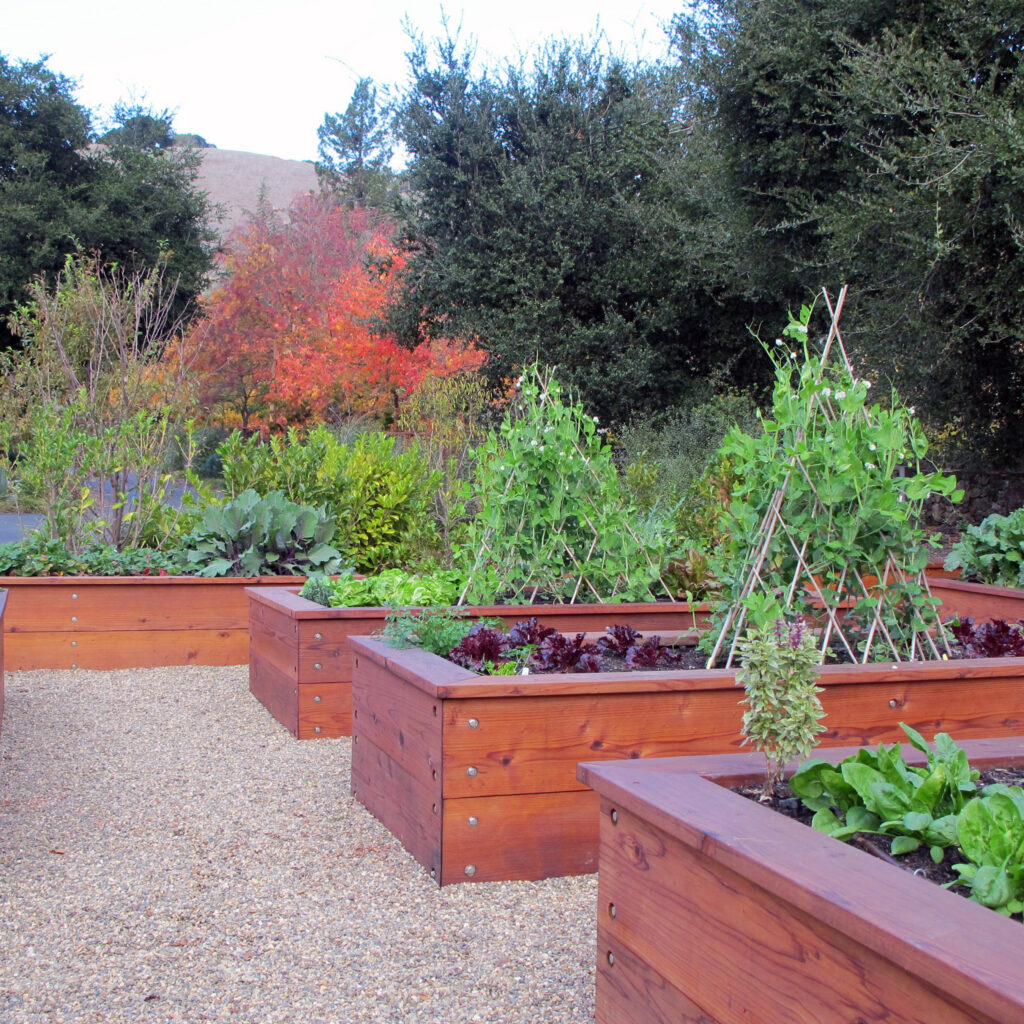By Suzanne Arca, ASLA, ALPD, CLCA
Founder and Principal, Arca Design Group
There’s more to landscape maintenance than just clearing weeds and pruning. Though it may quickly tidy up the place, not every landscape responds well to quick “mow and blow” treatments. Keep in mind that each plant species reacts differently to pruning, root disturbances, fertilizers, and watering methods.
Instead we encourage taking the effort to prune only to enhance each plant’s natural form, such as removing uneven or dead leaves from the base of a Flax or cutting stems and branches to mimic a plant’s natural growth pattern, or to better frame neighboring plants, boulders, or sculpture. Also knowing which time of the season and how to prune appropriately for each species are important factors not to overlook.
Appropriate care of your watering system involves maintaining an irrigation plan that best suits your garden and pocketbook. It’s important to know or hire a crew that is familiar with different kinds of irrigation controllers and systems that are appropriate to the moisture requirements of your garden.
If your sunny California native plantings are on the same timer as your Camellias and Rhododendron’s, root rot or other problems could develop, along with issues of wasted water. Keeping an eye out for water pooling from improper drainage, breaks in irrigation lines or a cracked nozzle are also important routine tasks. Having an idea of how your system functions is key to long term plant success.
The health of a garden is also largely dependent on the upkeep of the soil. There is an entire ecosystem beneath our feet which contains beneficial mycorrhizae and other creepy crawlies that help to supply nutrients and break down old plant matter. Adding amendments such as compost created from yard waste replenishes nutrients back into the soil and feeds your plants.
An appropriate amount of mulch which covers the soil in a depth of 1 to 2 inches helps to reduce evaporation and provides habitat for those beneficial critters and plant roots. Yearly replacement of mulch which has decomposed or blown away is also recommended. Keep in mind that the darker the color of the mulch the more sunlight will be absorbed, and that residual heat will reach your plants – which is more of a factor in hotter climates.
Chemicals and pesticides, while effective in some extreme situations, can be substituted for more natural options such as neem oil or iron phosphate baits, which fertilize plants and are harmless to people and animals. Our motto, as a green certified business, is to use fertilizers and use pest control products which are approved by the Bay Area Green Business and Bay Friendly Garden Program.
Suzanne Arca teaches horticulture and design studios at Merritt College and UC Berkeley Extension. She is an award winning landscape designer and contractor at Arca Design Group, Inc., winner of Oakland Magazine, Best of Oakland 2018. Visit www.arcadesigngroup.com or call (510)558-0636.





